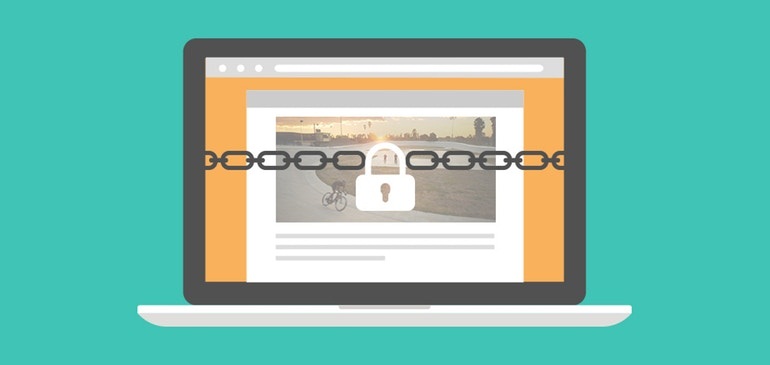Ever wondered why Amazon Prime Video or Netflix videos cannot be played in HD on some Android devices? Is it because of the video resolution of your device or your internet speed? No, the video streaming platforms make use of Digital Rights Management (DRM) in their mobile apps content. If your Android device does not support the DRM, which is used by these streaming platforms, you will not be able to stream the videos in HD quality.
While most people relate DRM to digital content like videos and music on the web, even Android apps content can use the rights management system to keep their content protected. Let us have a detailed look at how DRM is helpful for content on Android apps, the benefits of having this license, and its restrictions.
Framework for DRM used for Android
The DRM framework for Android is extensible and enables application developers and distributors to manage rights-protected content as per its license constraints securely. The framework supports many different DRM schemes, and the Android device manufacturer can select the scheme they would like their device to support.
When someone is using an Android device, there is an interaction between the licensing server and the DRM framework and the user is only given access to its content as per the license terms put in place by the app developers.
DRM Licensing
Any content of the apps published through Android Market can use the DRM licensing service offered by Android. As mentioned above, there are many different DRM schemes, and each of the schemes has its own license for defining the terms of using the rights protected content. The app developers have complete control over the terms of the license, and there can be different licenses for every app content based on the requirements of the developer.
Developers can also select the frequency at which they would like an application to check the license installed for any content on the Android device. This helps them make sure that all the terms of the license remain enforced at all times. The licenses have an encryption key linked to them with the help of which the app developers can also detect any kind of tampering with the license.
What Does DRM Have to Do with Mobile Models?
So, if an Android app is using DRM and all the Android devices have built-in DRM capabilities, why some content, like in the case of HD content on Netflix and Android Prime Video, do not work on some Android devices? This is because the DRM protection abundantly relies on the content protection and security capabilities of the hardware platform of the device.
Restrictions of DRM on Android
Only the developers of paid Android apps are allowed to use DRM license. Free versions of the android applications do not qualify for the license protection offered by Android.
What is the Use of Multi-DRM License?
The modern multi-DRM licensing makes it easier for the app developers to manage the DRM of their app content. These are generally cloud-based SaaS services which do not require the app developers to have their own DRM server.
The services generally support multiple platforms like Android, iOS, and Windows, along with many different APIs to provide app developers with more freedom with regards to how they want to use DRM. With pay-as-you-use pricing and enhanced security, the multi-DRM licensing on cloud proves to be more efficient as compared to the traditional DRM systems.





